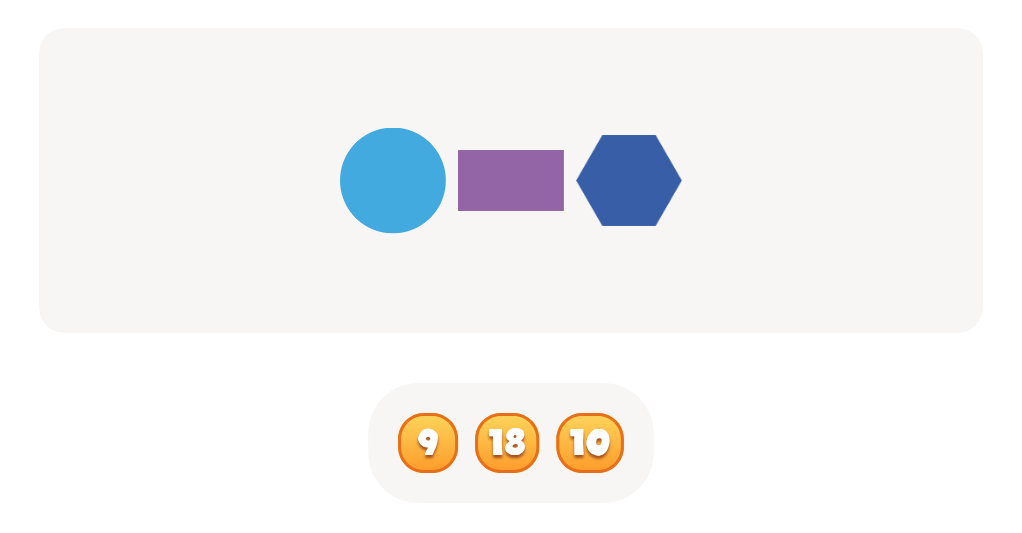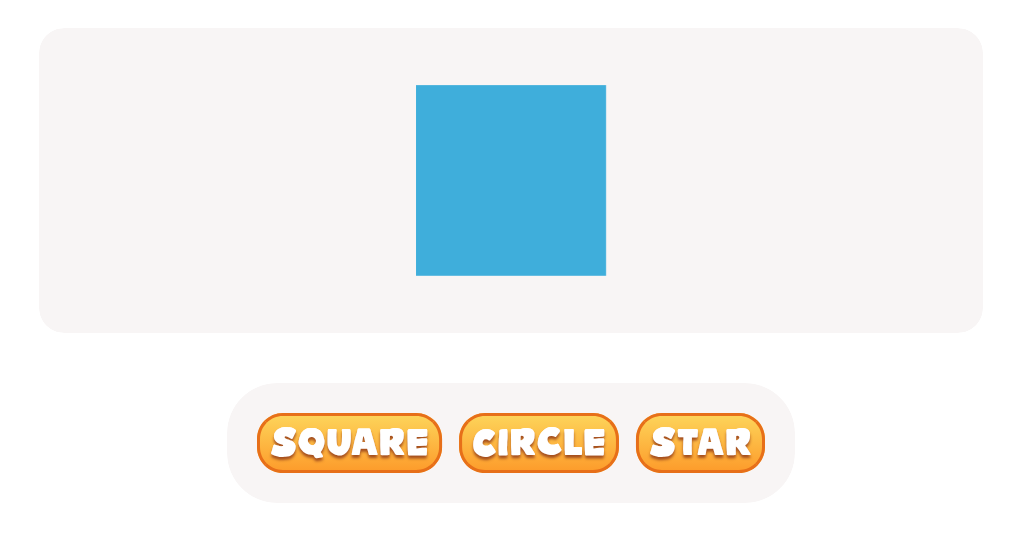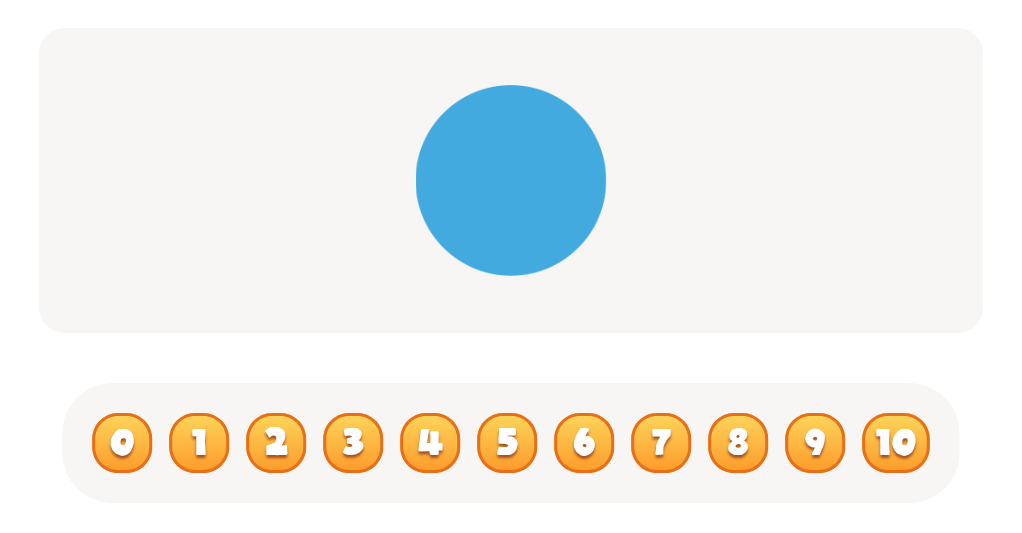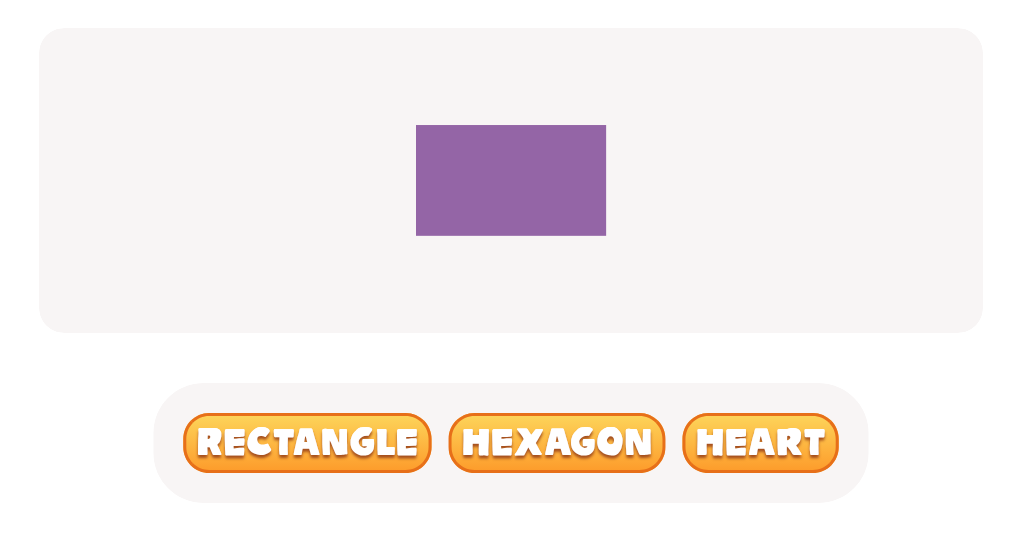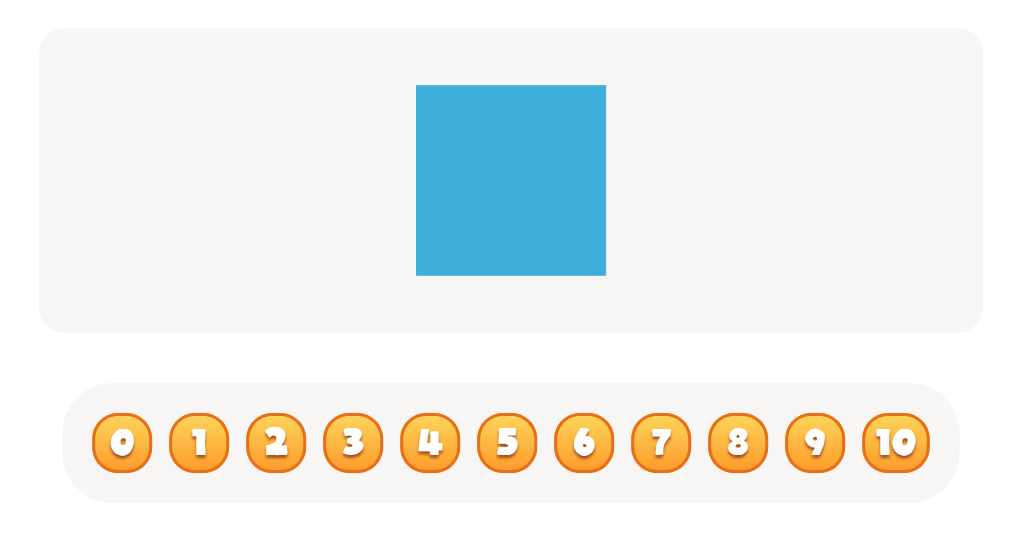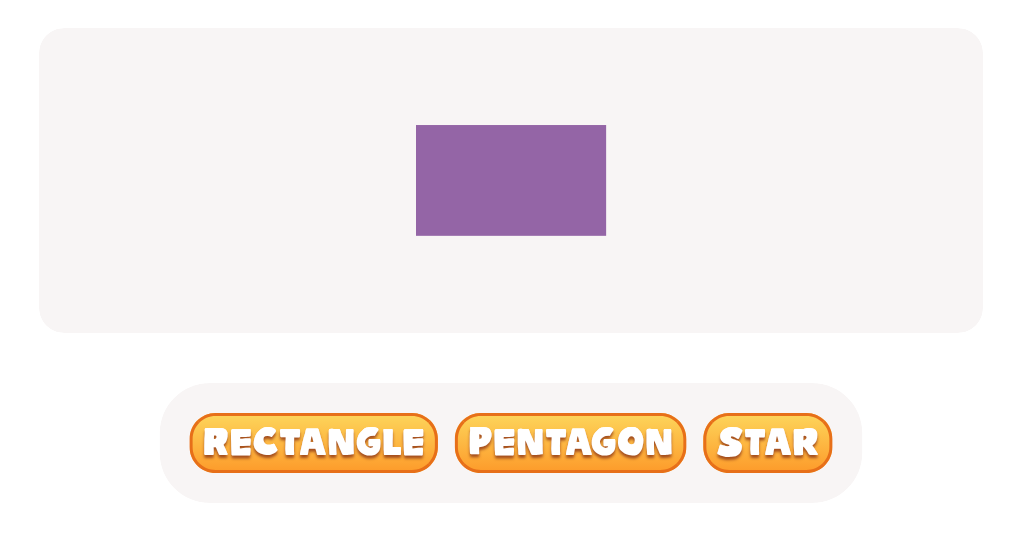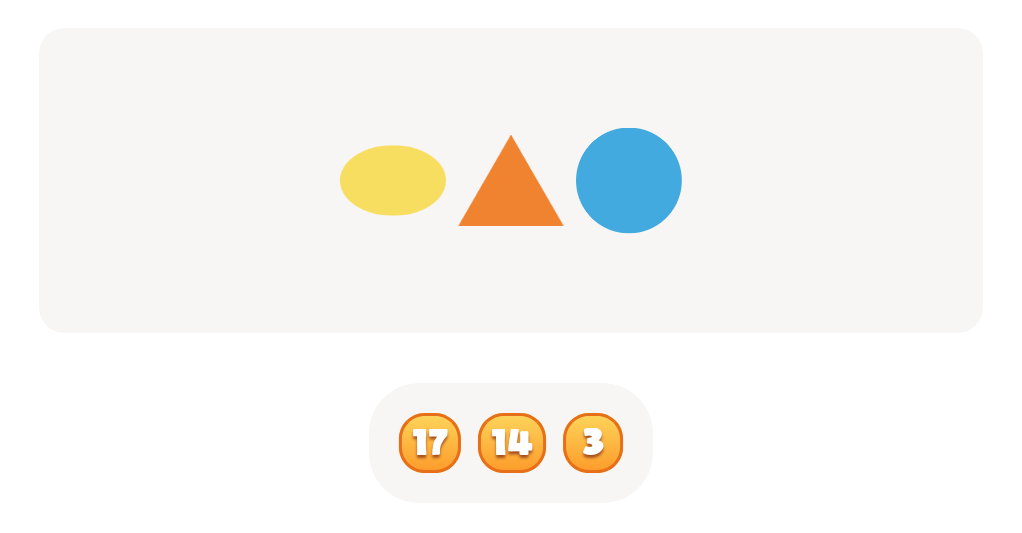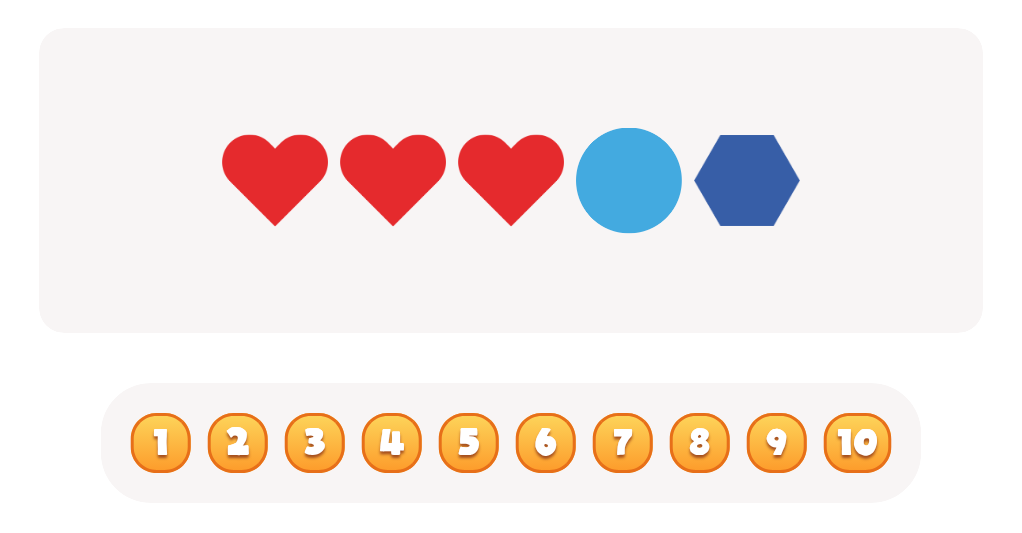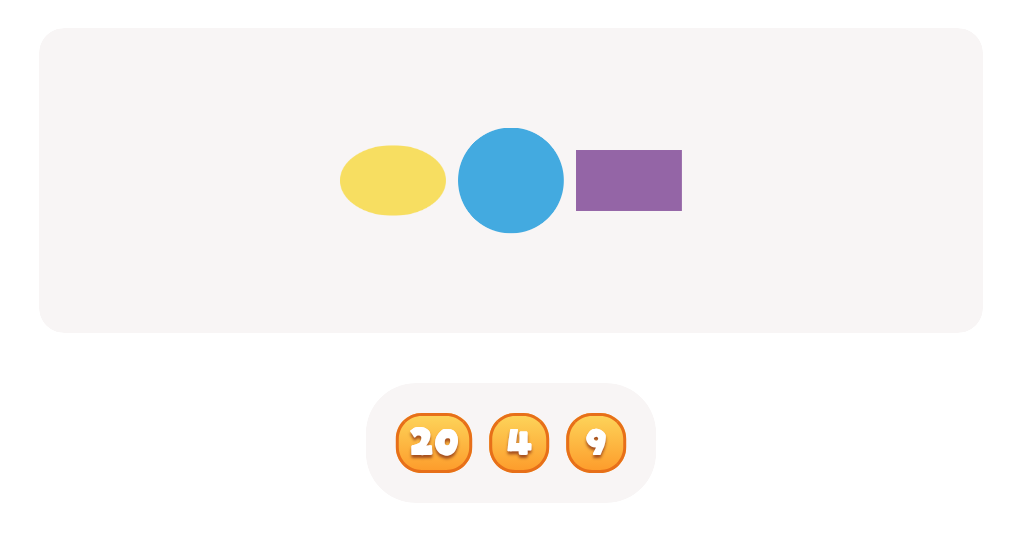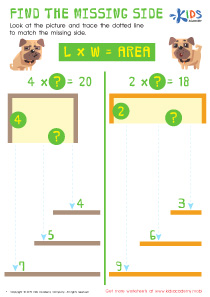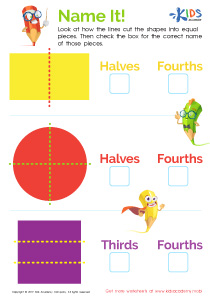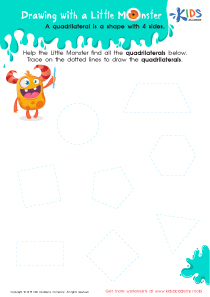Shape Recognition Easy 2D Shapes Worksheets for Ages 3-7
6 filtered results
-
From - To
Unlock the world of shapes with our engaging Shape Recognition Easy 2D Shapes Worksheets, designed specifically for children ages 3-7! These worksheets provide a fun and interactive way for young learners to identify, classify, and understand basic 2D shapes like circles, squares, and triangles. Each activity encourages creativity and reinforces essential math concepts through vibrant visuals and easy-to-follow instructions. Ideal for home or classroom use, our worksheets enhance cognitive skills, fine motor abilities, and spatial awareness. Start your child's journey towards shape mastery today, and watch them learn while having fun! Perfect for preschoolers and kindergarteners eager to explore geometry!
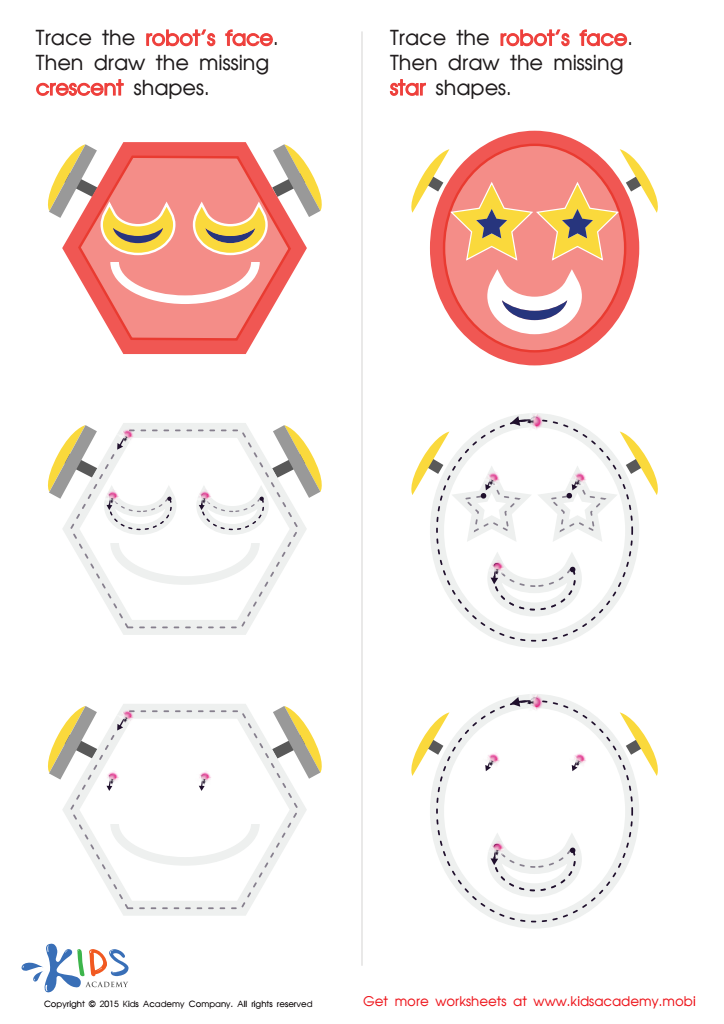

Composing a Robot's Face of Crescents And Stars Worksheet


Faces of 3D Shapes Worksheet
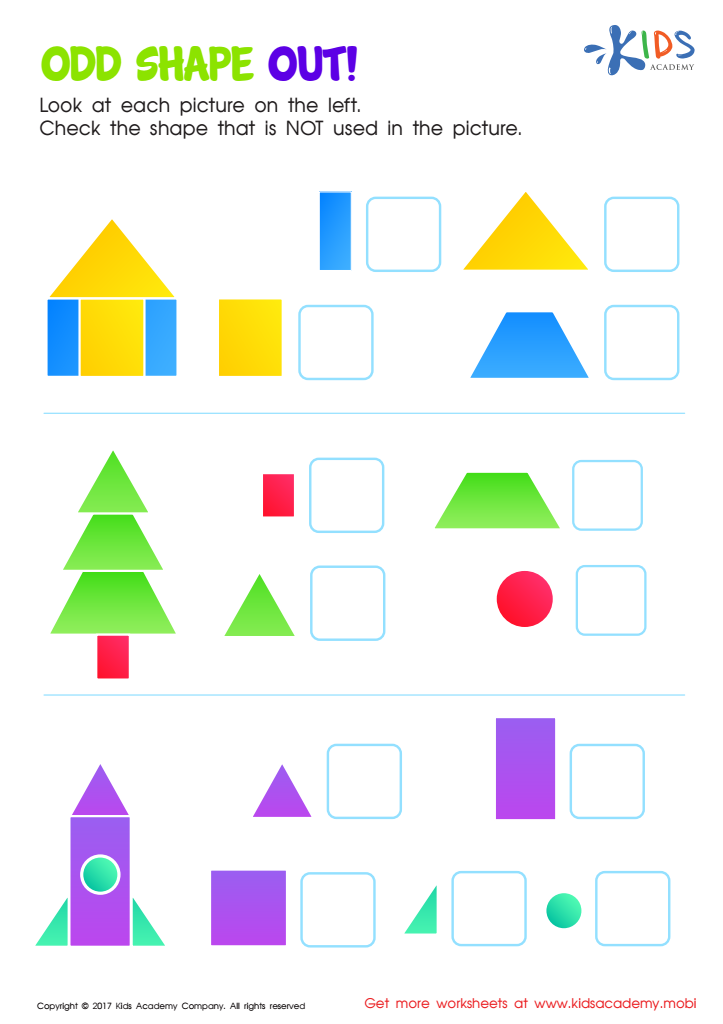

Odd Shape Out Worksheet for Grade 1
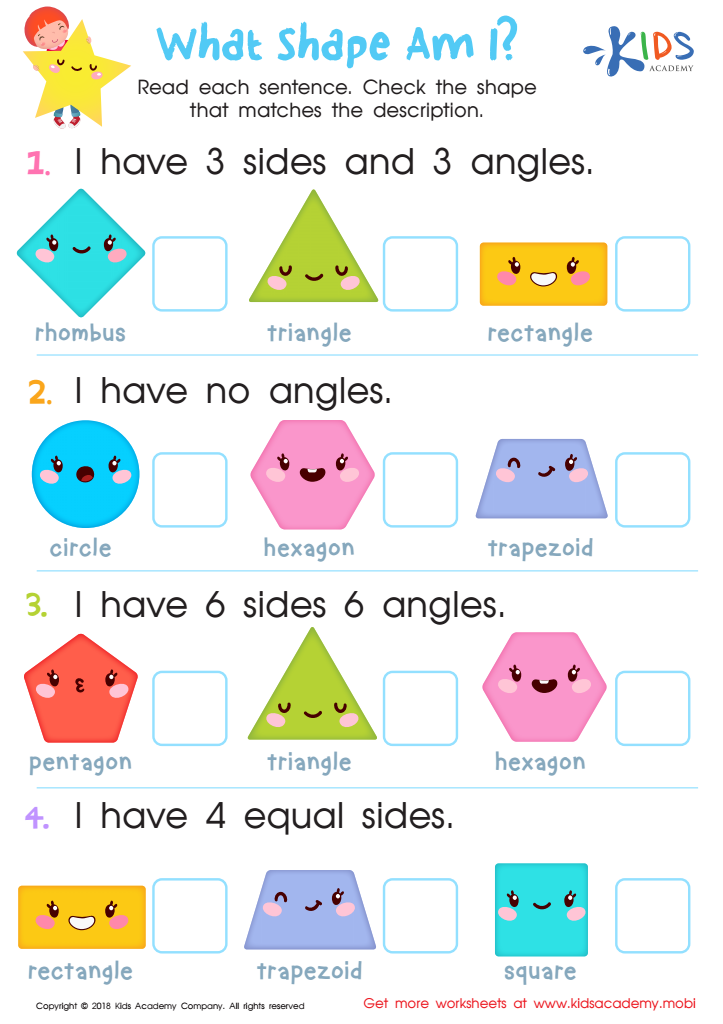

What Shape Am I? Worksheet
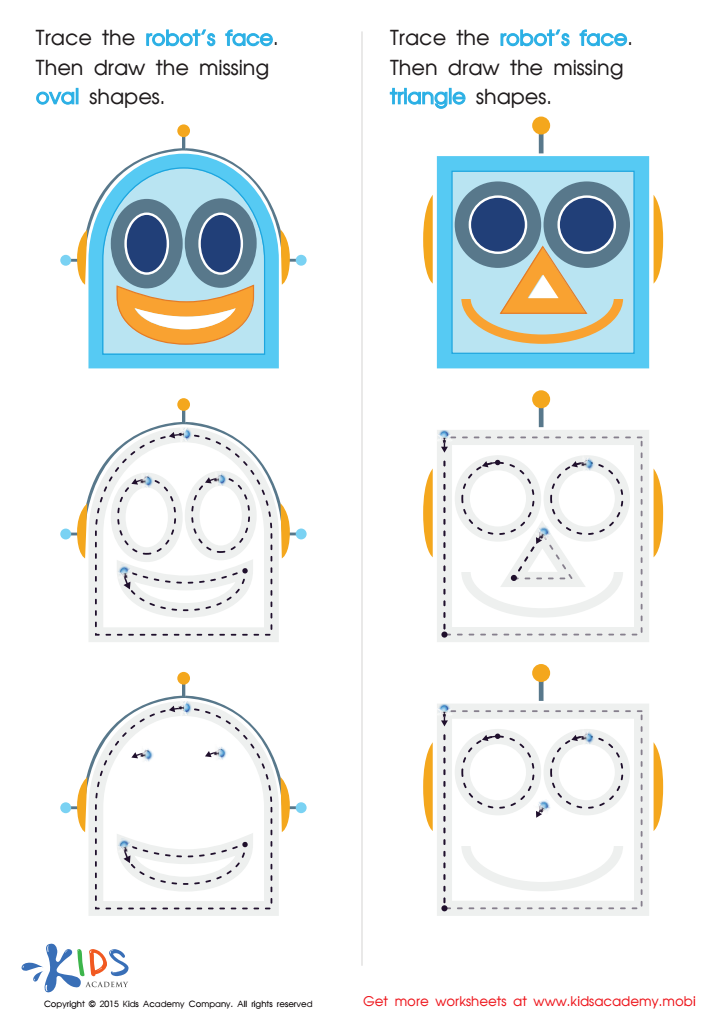

Drawing Ovals And Triangles with Fun Printable
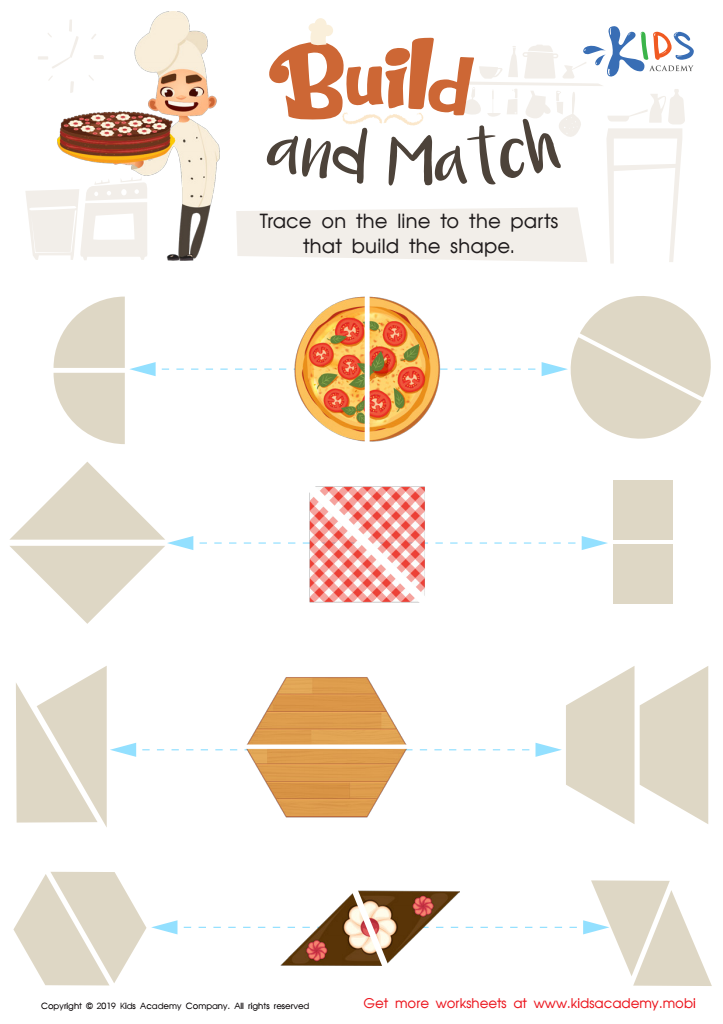

Build and Match Worksheet
Shape recognition is a fundamental skill that plays a crucial role in early childhood development for children aged 3 to 7. Parents and teachers should prioritize this learning because it serves as a foundation for various cognitive and physical abilities. Recognizing and naming easy 2D shapes—such as circles, squares, triangles, and rectangles—helps children develop visual-spatial skills that are essential for problem-solving and critical thinking.
Engagement with shapes also reinforces vocabulary development and encourages mathematical reasoning. Children begin to make connections between shapes and real-world objects, deepening their understanding of the environment around them. For example, identifying a rectangular door or a round clock allows children to see practical applications of shape recognition.
Moreover, learning shapes enhances fine motor skills as children manipulate objects, trace outlines, or create art using shapes. This tactile experience further supports their overall development. Additionally, shape recognition can lead to greater success in more advanced mathematical concepts, such as geometry, as children progress in their education.
By nurturing these skills early on, parents and educators can support children's overall learning journey, promote engagement, and prepare them for future academic success. Fun, interactive activities can make the learning process enjoyable and meaningful.
 Assign to My Students
Assign to My Students
